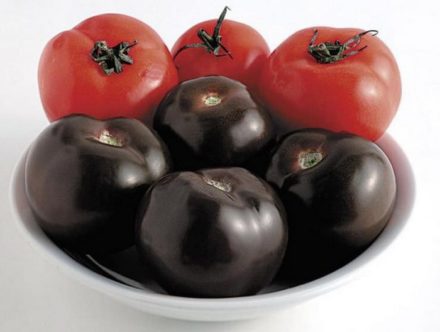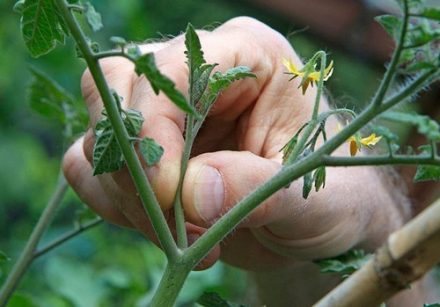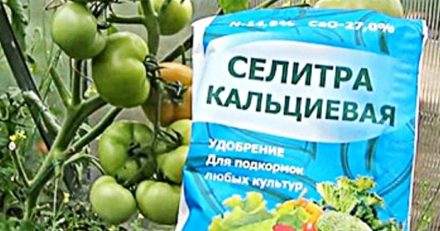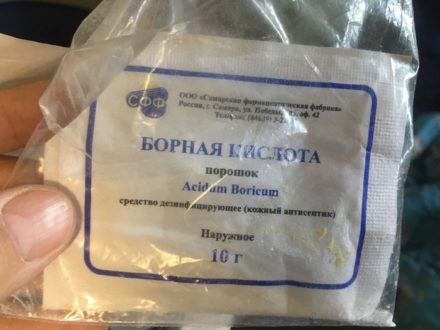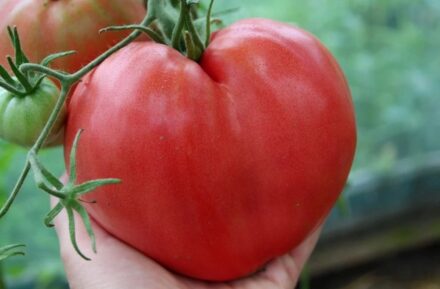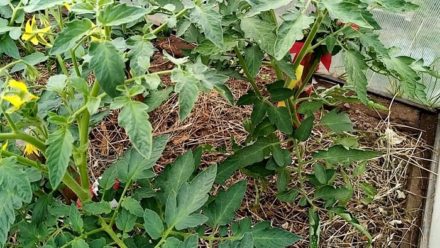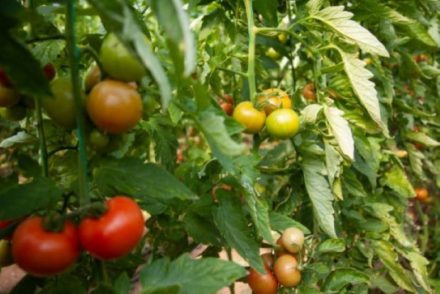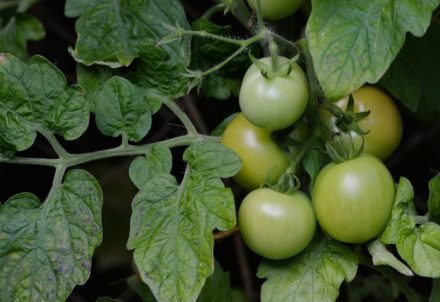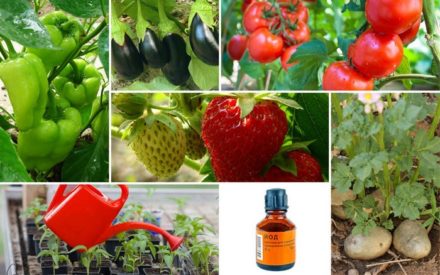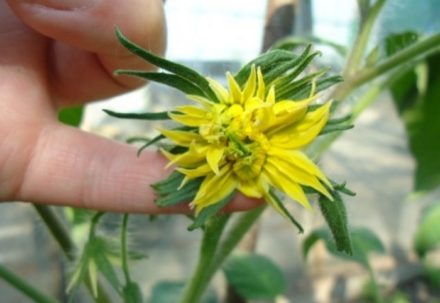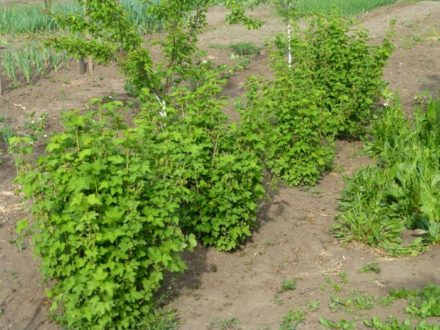After feeding with magnesium sulfate, tomatoes receive large quantities of two elements - magnesium and sulfur. Both minerals are indispensable for plants, as they participate in metabolism and tissue formation, accelerate the process of photosynthesis, and have a positive effect on the taste of fruits. Magnesium sulfate contains 13% sulfur and 17% magnesium oxide and is available in the form of colorless granules.
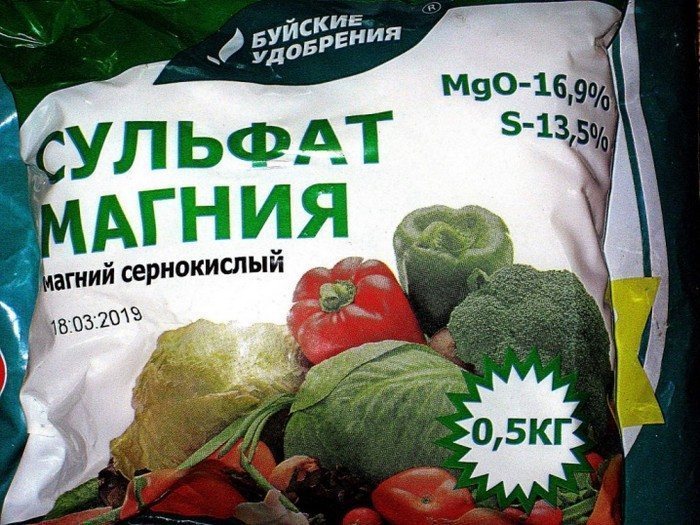
In what cases is it necessary to use magnesium sulfate?
After applying any fertilizer, complex chemical reactions occur in the soil. Substances can interact with each other, enhance or weaken the effect of other elements. Magnesium sulfate helps the root system of tomatoes better absorb calcium and phosphorus and prevents oxidative processes in the soil.
Top dressing is good to use in risky farming areas where the weather is not always ideal. Magnesium sulfate helps the formation of ovaries and accelerates the ripening of fruits, making tomatoes sweeter and more aromatic. Fertilizing is also used if tomatoes indicate a lack of sulfur and magnesium.
When there is a lack of minerals, the following happens:
- bushes are stunted;
- leaves become pale, with signs of chlorosis;
- the leaf plates bend, turning the edges down;
- with prolonged deficiency, the leaves turn brown and dry out;
- flowers fall off prematurely, ovaries almost never form;
- the set fruits develop slowly and do not have a strong taste.
Most often, mineral deficiency occurs in sandy soil, where fertilizers are quickly washed away by water. An important detail - fertilizing with magnesium sulfate will be effective if the soil has a neutral or slightly acidic reaction. Acidic soil is pre-alkalinized by adding dolomite flour or limestone to the top layer of soil.
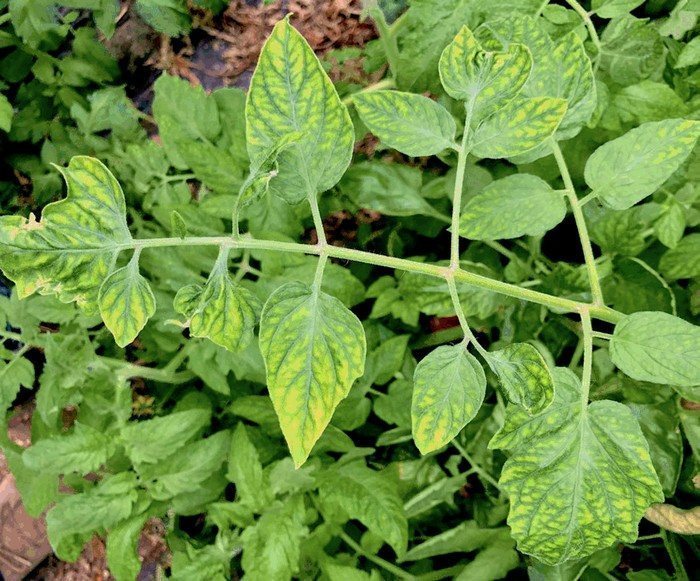
Application deadlines, norms
To prevent tomatoes from lagging behind in development, magnesium sulfate is applied according to a certain schedule throughout the season. The first time the soil is fertilized with the preparation in the spring while digging the soil. For 1 sq. m of bed, 10 g of fertilizer is consumed. Later, magnesium sulfate is applied as a root dressing every 2 weeks at all stages of bush development. The solution is prepared from 30 g of fertilizer per 10 liters of water.
If suddenly signs of chlorosis appear on the leaves and stunted growth, the tomatoes are sprayed with the composition on the leaves. The concentration in this case should be 2 times weaker. Foliar feeding is used as an ambulance. Once on the leaves, the composition is absorbed and quickly absorbed by plants.
Chlorosis can be a manifestation of deficiency of other minerals (zinc, potassium, calcium, iron). If the application of potassium sulfate does not help, use a complex mineral fertilizer with a more complete composition. In a greenhouse, fertilizing is carried out less frequently, since in closed ground the concentration of fertilizers increases.
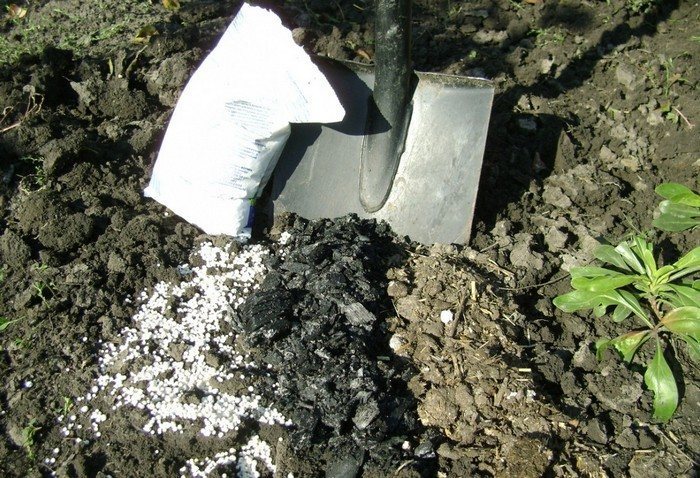
Compatibility with other fertilizers, application features
The manufacturer does not prohibit the use of magnesium sulfate simultaneously with other mineral and organic fertilizers. This means that the chemical is neutral and does not react with various compounds.However, it is still better to interval between feedings for several days.
In this case, the plants will be able to fully absorb all the nutrients. After all, tomato roots do not always work equally well; for example, in cool weather, the suction function deteriorates.
Despite the low toxicity of magnesium sulfate, you need to work with it in closed clothing, using a respirator, gloves and safety glasses. After treatment, wash your hands with soap, wash your face and rinse your mouth. Before washing, clothes should be soaked in a solution of laundry soap.
The drug belongs to hazard class 4; the safest chemicals fall into this category. However, magnesium sulfate can cause an allergic reaction and irritation of the mucous membranes, which is manifested by itching, redness, lacrimation, and nasal congestion. If such symptoms appear, you should take an antihistamine.
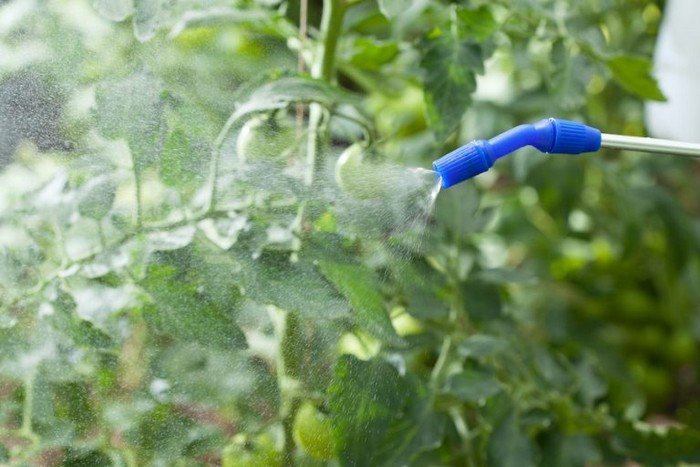
Rules for fertilizing
To get the maximum effect from using fertilizer, you need to work with the drug according to the rules. When carrying out fertilizing, take into account the following points:
- Apply the nutrient solution under the root only in warm weather at temperatures above 15 °C. If it’s cold outside, root fertilizing is replaced by spraying on the leaf.
- The composition is applied to the ground 1-2 hours after abundant watering. Pre-moistening the soil is especially important in hot weather. Watering allows you to avoid burns of the root system with chemical fertilizer.
- Feeding is carried out in the morning or evening hours.At noon, the soil dries out too quickly; the solution will partially evaporate, not being absorbed by the plants. If the composition is applied to the leaves during the day, under the influence of sunlight, burns will appear on the leaf plates.
- When spraying tomatoes in a greenhouse with magnesium sulfate, you should open the window for ventilation. Tomatoes do not like excess moisture. Due to too humid air in closed ground, an outbreak of fungal disease may occur. For spraying use a fine spray.
Fertilizer that has not expired is suitable for use. The dosage of the solution must be strictly observed.
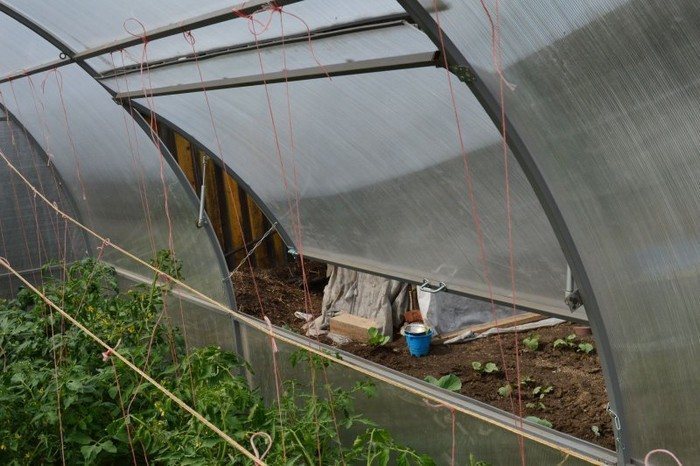
When growing tomatoes, it is better to use complex preparations applied alternately. Magnesium sulfate is an accessible, cheap and effective fertilizer that has a positive effect on the development of bushes and the quality of the crop, which is used at all stages of the tomato growing season.


